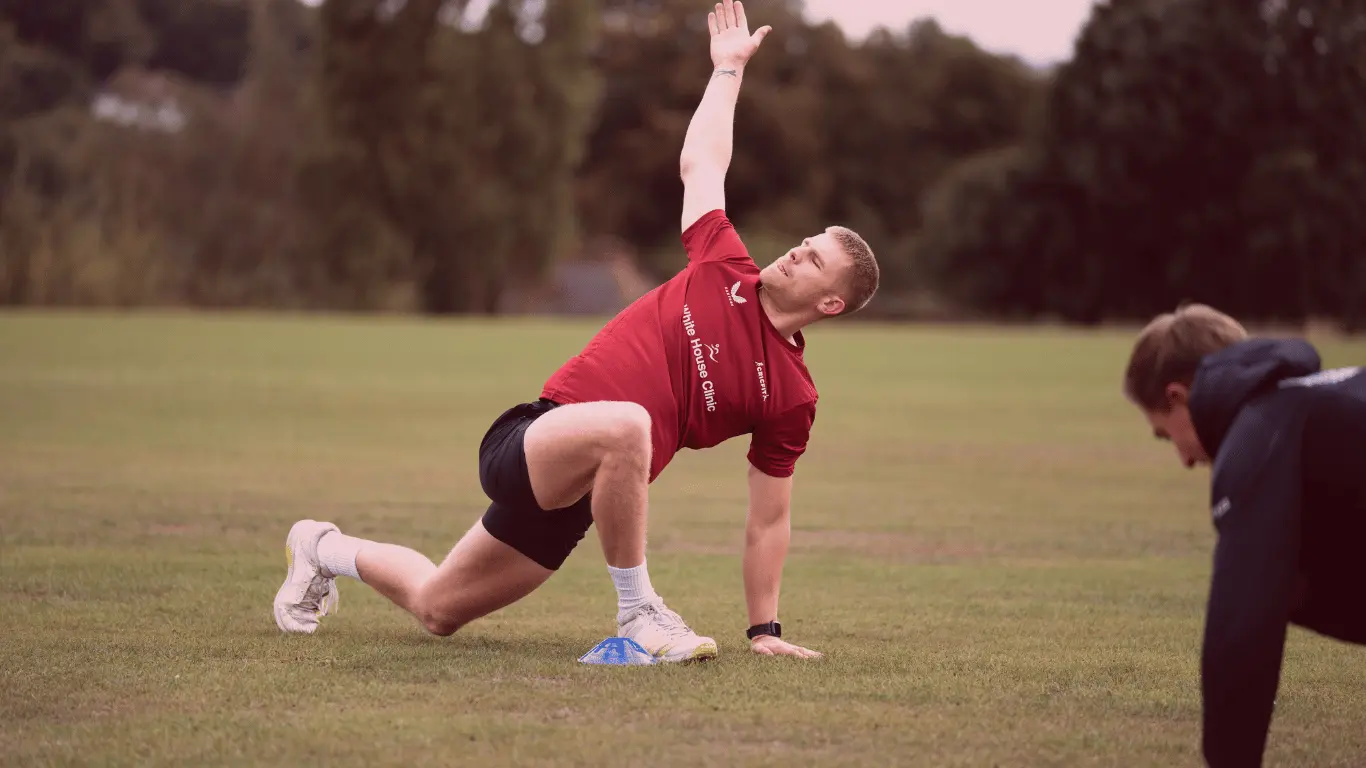The Complete 2025/2026 Cricket Off-Season Training Guide
Every September, as the UK Cricket season finishes, most club cricketers make the same mistake. They put the kit bag away, take a short break, and then wait until January or February before thinking about getting back into the gym. The problem with that is simple. If you leave it until January, you have already lost half of your off-season.
By the time pre-season nets come around, you are rushing to get fit. Your body feels stiff, your movements feel rusty, and you spend the first few weeks trying to get back to where you were rather than pushing forward. If you want to show up next season fitter, faster and stronger, the work needs to start well before Christmas.
The off-season is the most valuable window of the year for every cricketer. It is your opportunity to rebuild, recover and prepare your body so that you can perform at your best when the season starts again.
Why the Off-Season is the Most Valuable Window of the Year
The cricket season can be brutal on the body. Long days in the field, hours of travel, back-to-back weekends, and repetitive movements all take their toll. By July and August, most players are sore, tired and hanging on. Knees ache, shoulders tighten, backs flare up, and energy levels drop.
During the season, it is hard to make meaningful progress in the gym because your focus is always on matches. Training is usually about maintenance rather than improvement. That is why the off-season is so important. It gives you time to focus on areas that break down during the season, build strength where you need it most, and develop the physical qualities that directly impact your game.
For most amateur cricketers, there are three or four months without fixtures or formal training. That is more than enough time to make real improvements if you train with purpose. Starting early, ideally in October, gives you twice as long to prepare as those who wait until January.
The Foundations of an Effective Off-Season Plan
A good off-season and pre-season S&C plan is built around three pillars: strength, power and speed. All three are important, but they need to be trained in the right order.
Think of it like building a tower. Strength is the base layer that everything else sits on. Power comes next, sitting on top of the strength base. Speed is the final piece, built once the foundations are solid. If you try to work on speed or power without first building strength, the structure is unstable. You might make short-term gains, but they will not last, and you increase your risk of injury.
In strength and conditioning, it is tempting to focus on the flashy stuff like speed drills and power exercises. But without the base strength to support them, you will never reach your full potential. The off-season gives you the time to build that base properly so that when you add power and speed later, the gains stick.
Off-Season & Pre-season Phases
If we break the year down, the off-season typically runs from October through December. The pre-season phase starts in January or February, and the season begins around April. That gives you roughly six months to build towards peak performance.
From October to December, the focus should be on strength and capacity. You want to move well, build a base of muscle and develop joint stability. During this period, your reps might be slightly higher, perhaps in the range of eight to twelve, or even up to fifteen on some movements. You might also include more isometric holds, such as pauses in lunges or calf raises, to strengthen specific areas.
As Christmas approaches, the goal is to gradually lower the reps and increase the intensity. That means lifting heavier weights and challenging your body to handle more load. This is when you build the real strength that will later turn into power.
After Christmas, as you move into pre-season, the focus shifts towards power and speed. You still maintain your strength, but you start to train the body to move that strength quickly. That means adding in explosive lifts, jumps, sprints and rotational work that mimic the demands of cricket.
By the time the season arrives, you want to be strong, powerful and quick, ready to maintain those qualities through match play.
Balancing Cricket Training, Gym Work and Life
Most cricketers are not full-time athletes. You have work, family and other commitments to juggle, so the goal is not to train every day but to train consistently. Two to three structured sessions a week through the off-season can make a massive difference if they are focused and well-planned.
One of the best things about training for cricket is that the benefits carry over into everyday life. When you are strong enough to bowl ten overs comfortably, you are also strong enough to lift your kids, carry your shopping and get through the week without feeling beaten up. If you sometimes struggle for motivation to go to the gym, think of it as training for cricket. That link gives the sessions a purpose and makes you far more likely to stick with it.
How Cricfit Can Help
If all of this sounds like a lot to manage on your own, that is exactly why Cricfit exists. We have designed our strength and conditioning programmes specifically for cricketers, with clear plans that take you through each phase of the off-season and pre-season.
You do not need to guess which exercises to do or when to do them. All you need to do is turn up, follow the sessions, and know that you are building the right foundation for the season ahead.
The off-season is your best chance to get ahead of the competition. Use it well, and you will start next year feeling stronger, faster and more confident than ever before.

















